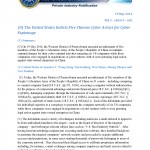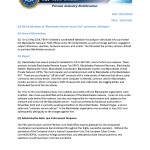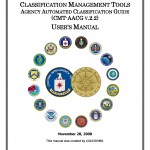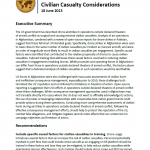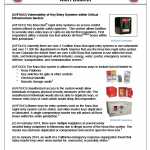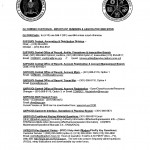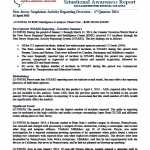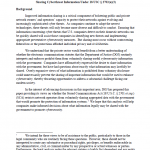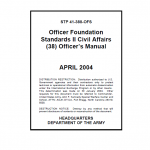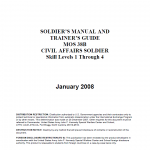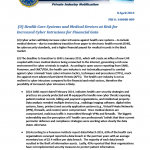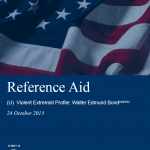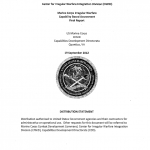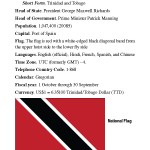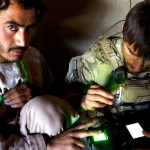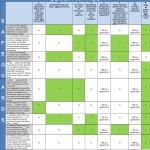
The DNI, D/NCTC and the Attorney General approved revised Attorney General Guidelines for NCTC’s handling of US Person (USP) information in March 2012. These revised NCTC Attorney General Guidelines (“NCTC’s AGGs”) govern NCTC’s access, retention, use, and dissemination of datasets identified as including non-terrorism information and information pertaining exclusively to domestic terrorism, and provide NCTC with the authority to retain USP information for up to five years (unless a shorter period is required by law, executive order, regulation, international agreement, etc.). During this temporary retention and assessment period, additional safeguards and protections are applied to this data, to include baseline (and potentially enhanced) safeguards, as well as additional compliance, auditing, reporting and oversight mechanisms.
Read more →


